The real story of Belgravia: Angry mobs, the 'Bloody Bridge', and London's most beautiful garden squares
Belgravia is the name on every Londoner’s lips, thanks to Julian Fellowes’s recent TV series of the same name. Carla Passino delves into the affluent district’s history.
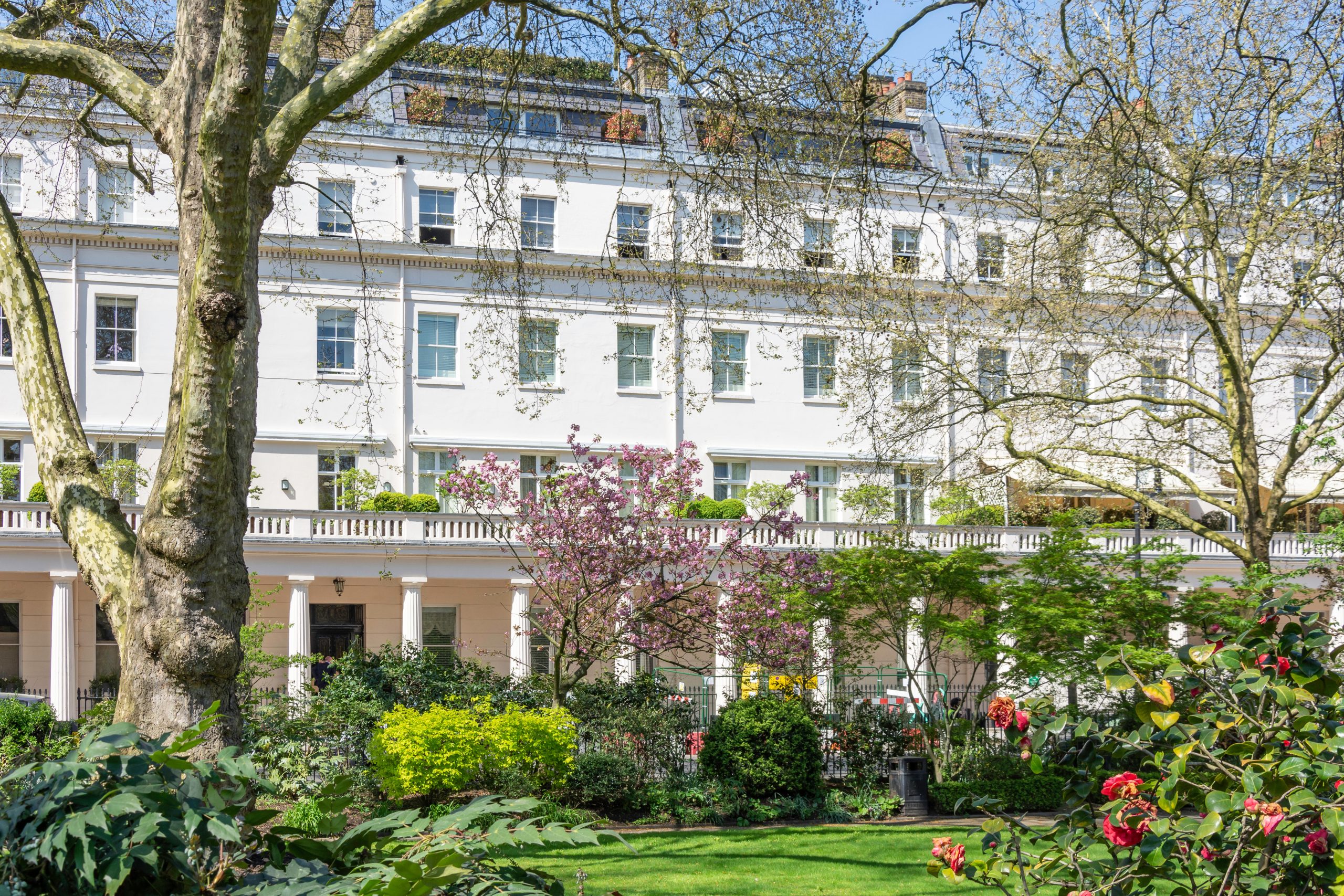

On August 10, 1784, a thick crowd gathered in Five Fields, an open valley on the western outskirts of London, to watch an adventurer, the Chevalier de Moret, take to the skies with his hot-air balloon. People roared in excitement as the fire was lit up, but their enthusiasm quickly turned to rage when the balloon, painted gold and filled with artificial flowers for added spectacle, failed to inflate.
They didn’t take the failure kindly: the balloon went up in smoke, the mob wrecked the surroundings and de Moret barely managed to escape with his life.
It was an eventful day, but then Five Fields — the area that would later become Belgravia — was used to witnessing commotion. As did neighbouring Knightsbridge, it sheltered large numbers of robbers, footpads and highwaymen — so much so that the crossing over the now-vanished Westbourne rivulet earned the nickname Bloody Bridge.
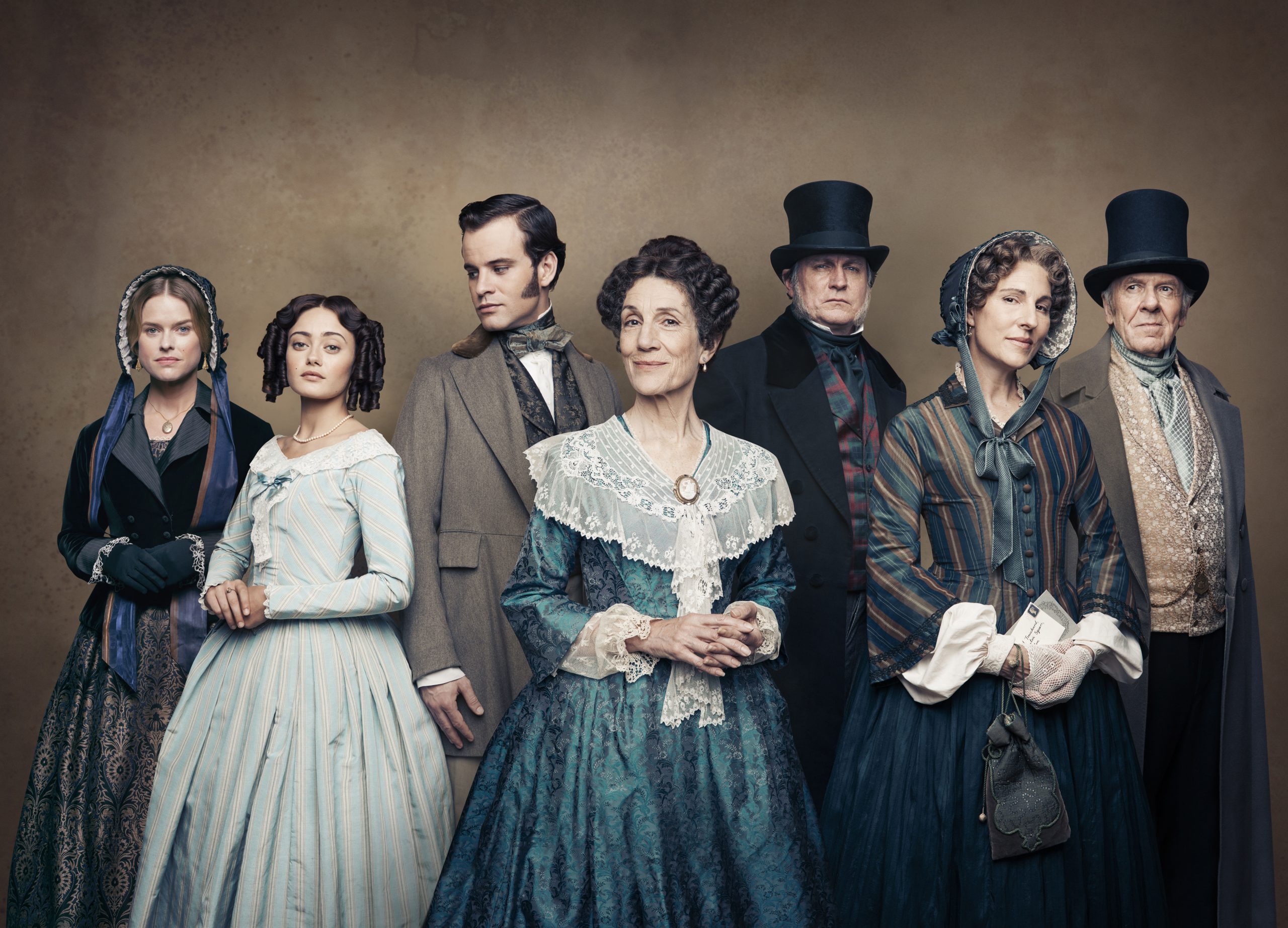
In 1677, however, a marriage set in motions the wheels that would change Belgravia’s destiny: Mary Davies, heiress to a local 200-acre farm, tied the knot with Sir Thomas Grosvenor, an ancestor of the Dukes of Westminster.
Nearly 150 years after that marriage, Robert Grosvenor, 1st Marquess of Westminster, tasked his surveyor, Thomas Cundy, and master builder Thomas Cubitt with the project of devising and developing the former farm into a new Mayfair. They quickly proceeded to turn the area into a ‘City of Palaces’ — a sequence of magnificent stuccoed houses dotted with triangular greens and elegant garden squares.
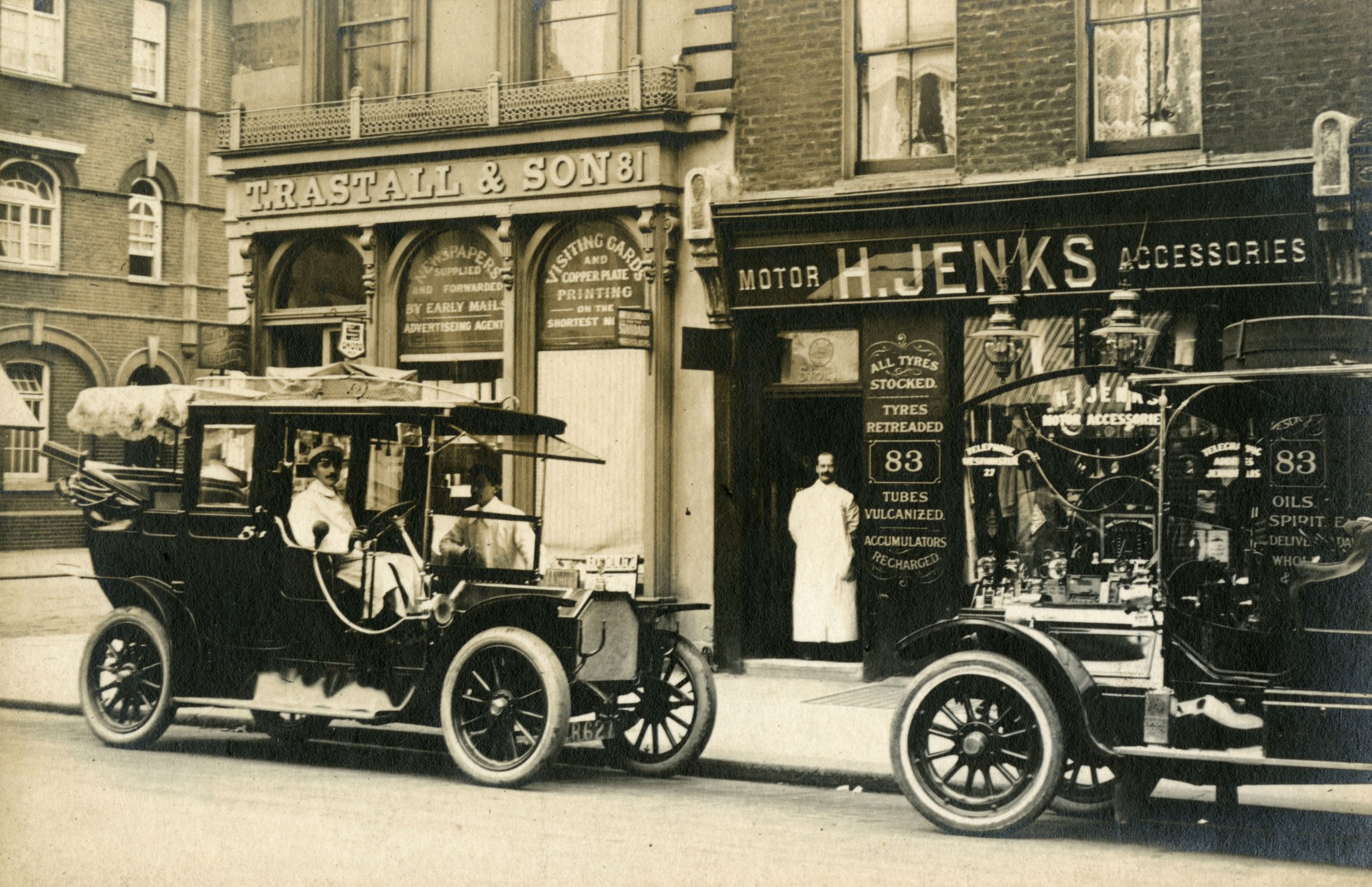
The new neighbourhood was a hit among the fashionable crowd and, over the course of the 19th century, Grosvenor Place alone became home to the Duke of Grafton, the Duke of Northumberland and the Rothschilds (although, when Lord Hatherton moved there in 1830, his servants warned him that ‘they could not, they said, go into such an unheard-of part of the world,’ according to Edward Walford’s ‘Old and New London’ series).
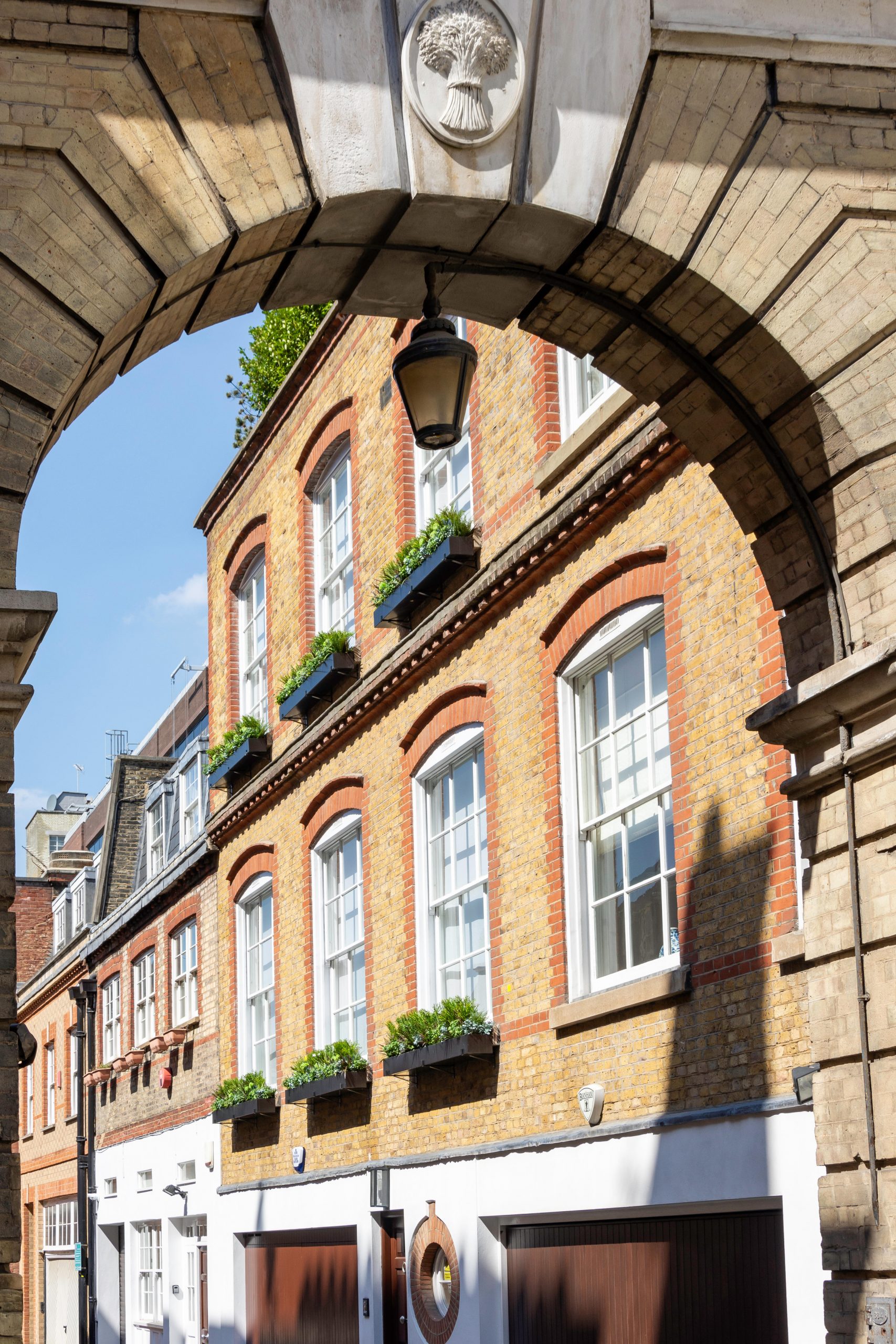
Then as now, Belgravia’s crown jewels were the three squares strung like beads along the length of Eccleston Street and Belgrave Place. Chester Square, bound on one side by the forbidding Church of St Michael, is the most understated, but the simplicity of its balconied terraces belies the greatness of its residents — not least Mary Wollstonecraft Shelley, who lived at No 24 until her death in 1851, and Queen Wilhelmina of the Netherlands, who spent five years (1940–45) at No 77.
Sign up for the Country Life Newsletter
Exquisite houses, the beauty of Nature, and how to get the most from your life, straight to your inbox.
Eaton Square is the largest, its six central gardens surrounded by a triumph of palatial houses, some unashamedly opulent in their profusion of Corinthian columns, others making a profession of modesty with their sober Doric pillars.
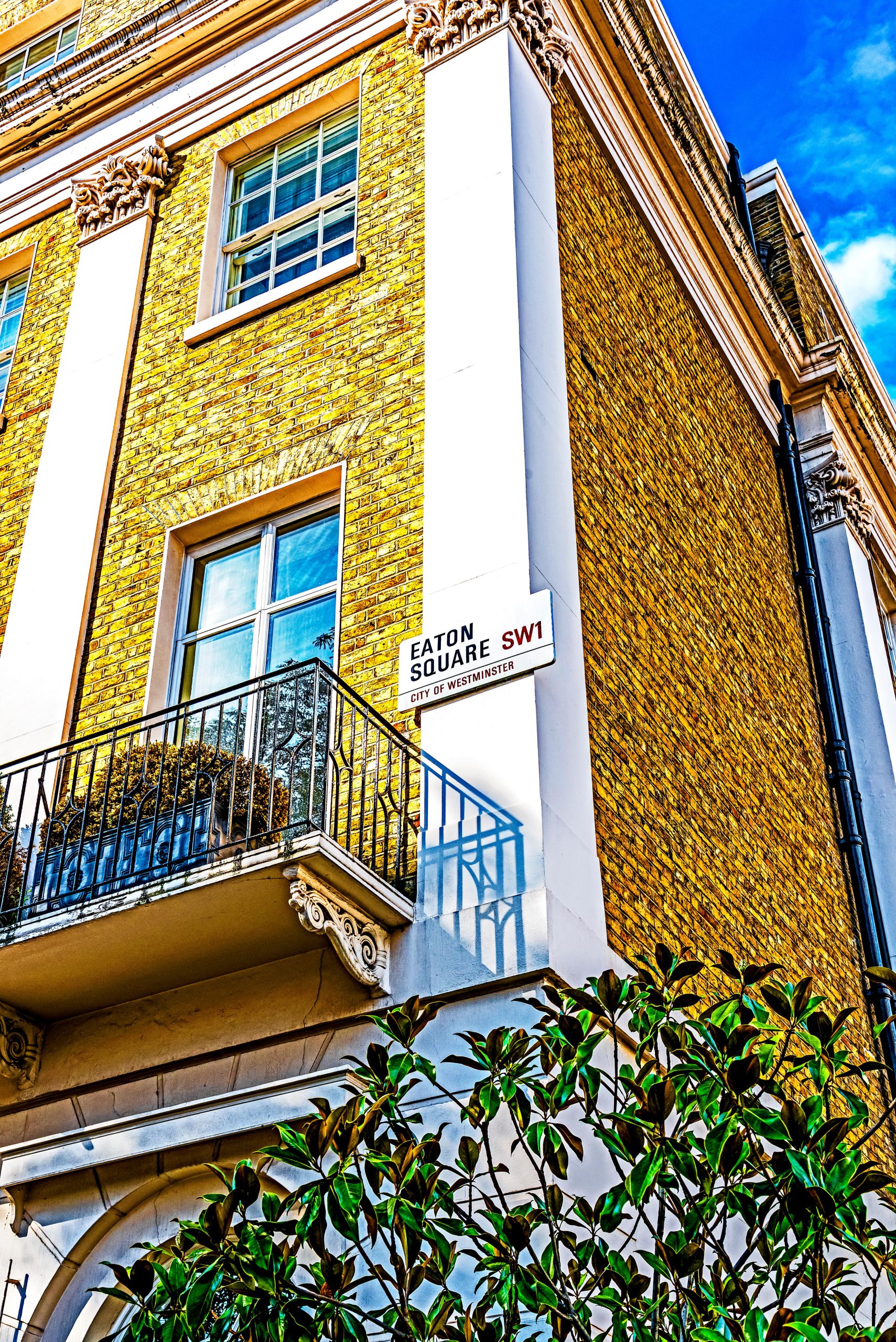
No fewer than three British Prime Ministers made it their home—Lord John Russell, Stanley Baldwin and Neville Chamberlain—but its most famous inhabitants were three actors: Vivien Leigh, Sir Sean Connery and Sir Roger Moore. The Gone with the Wind star moved into a flat at No 54 in 1958, towards the end of her marriage to Laurence Olivier and, although she set aside a room for him, they divorced two years later.
Sir Sean and Sir Roger, who resided at Nos 7 and 22 respectively, are two of Belgravia’s many James Bond connections. Before turning his hand to writing, Ian Fleming himself, then ranking ‘among the world’s worst stockbrokers’, had his bachelor pad in Ebury Street, in a former Baptist school that looked like a Greek temple, where he spent much of his time carousing with the members of Le Cercle Gastronomique, a group of men-about-town he had founded.
However, the palm of Belgravia’s grandest address goes to the eponymous Belgrave Square, whose magnificent, frosted-cream houses stand sentinel around the sculpture-studded gardens.
The square was conceived as the flagship for the estate and didn’t disappoint: it drew the attention of the top echelons of British society, including Queen Victoria, who rented the house at No 36 for her mother, the Duchess of Kent (for the princely sum of £2,000 a year). Dukes, politicians and generals all chose to make the square their home, but, today, only 10 properties remain in private ownership.
Although Belgravia has been the byword for wealth and splendour since its early days, its prettiest streets are perhaps the more unassuming ones: places such as the curvy Wilton Row, with its colourful shutters and window boxes bursting with flowers; Grosvenor Gardens Mews North, a quiet, cobbled mews of yellow- and red-brick houses, tucked behind an archway decorated with the Grosvenor wheatsheaf; and the picturesque, climber-clad Halkin Mews, on the border with Knightsbridge.
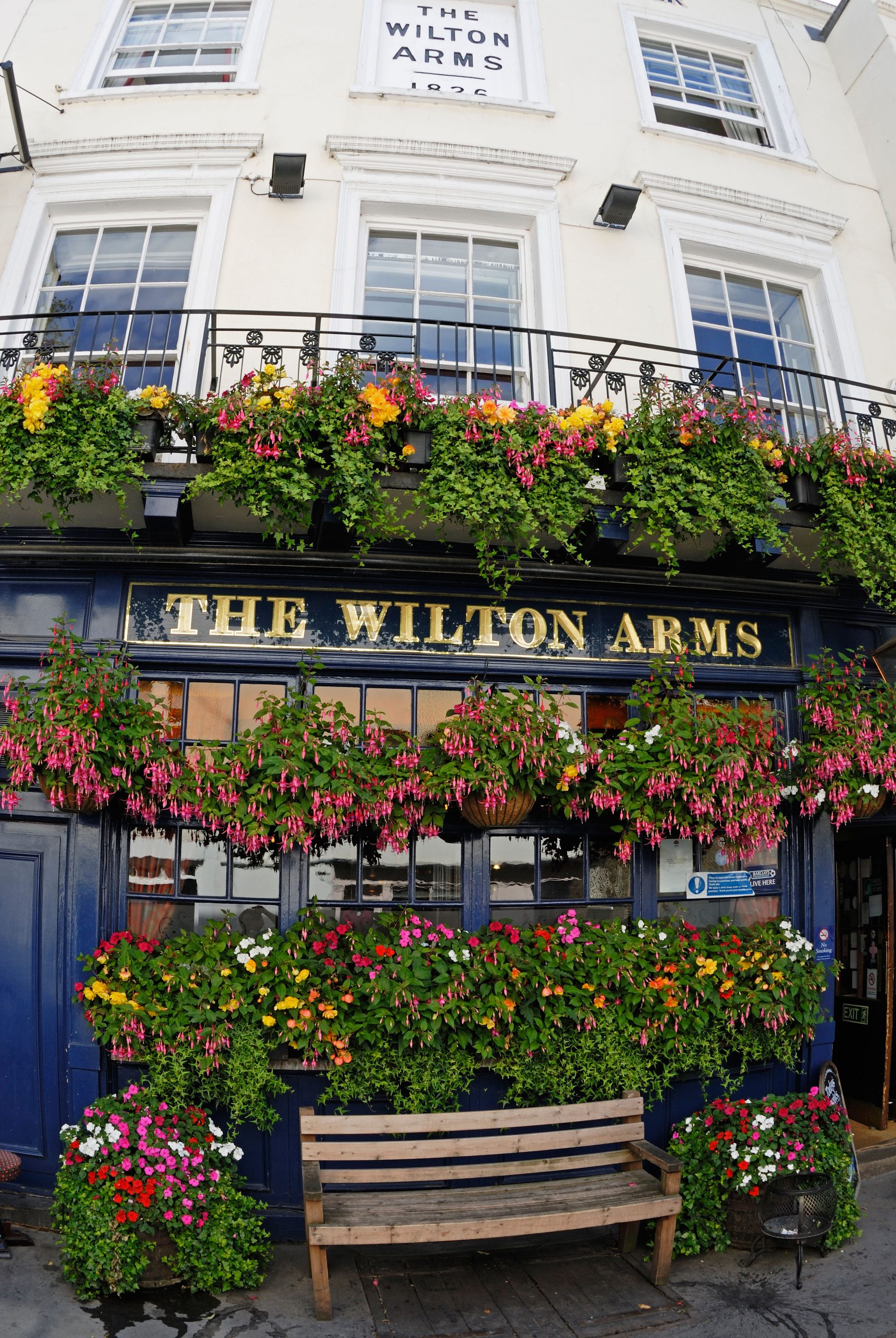
Just around the corner from Halkin Mews stands another local landmark, the unusually named Pantechnicon. Despite its column-encrusted Greek Revival architecture, which could perhaps suggest a past history as a shrine to culture, it actually started life as an emporium and later changed use to furniture, artwork and carriage storage. Its (horse-drawn) removal vans became universally known as pantechs, which is how the word entered the English language.
The building is set to reopen this year as a ‘Japan-meets-Scandinavia’ shopping, design and dining space. It will also have a rooftop bar, from which patrons will enjoy the aerial view of London that the ill-fated balloonist de Moret never managed to see.
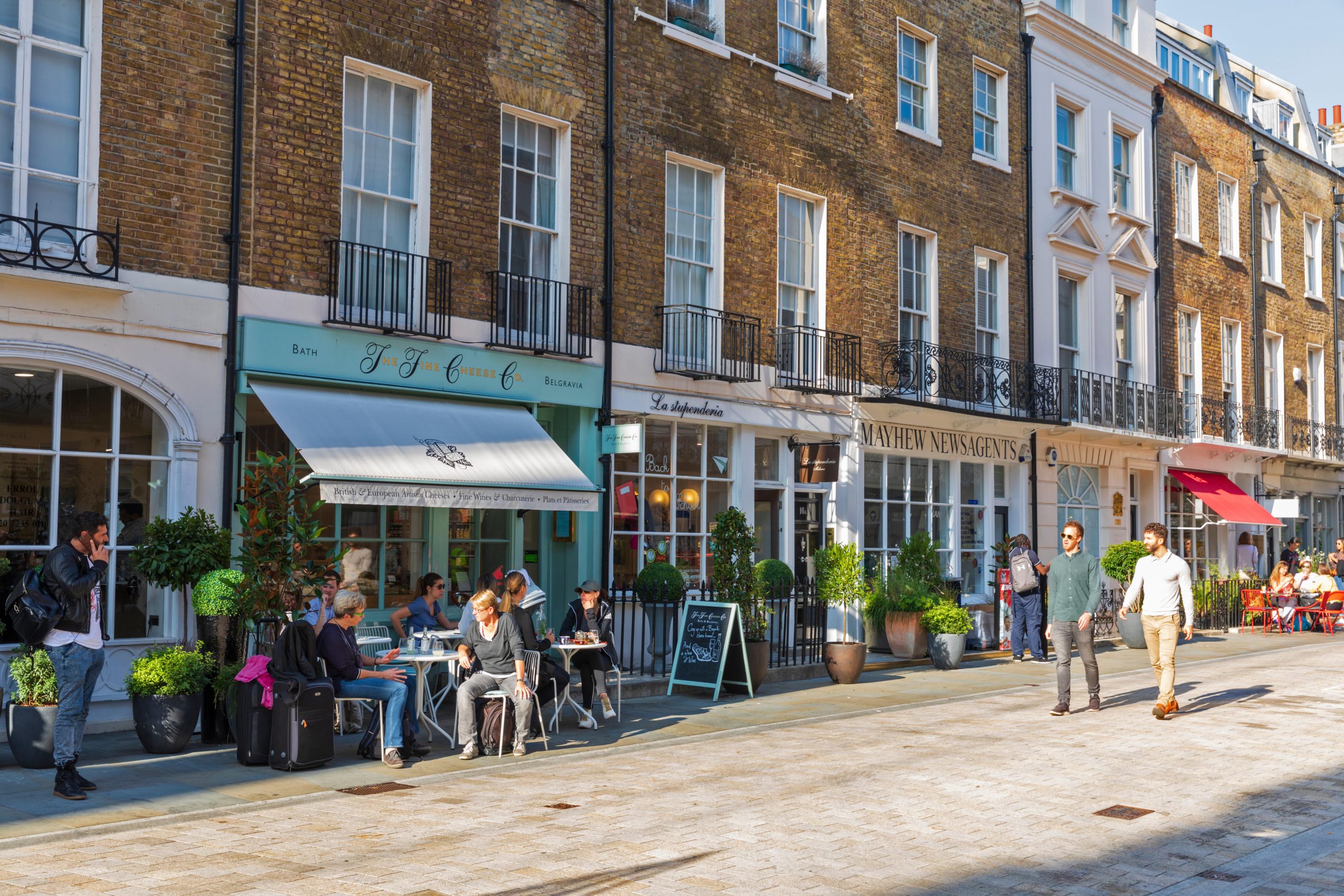
Belgravia highlights: Three places to try, post-lockdown
Peggy Porschen — Simply the prettiest cake shop in London (116, Ebury Street)
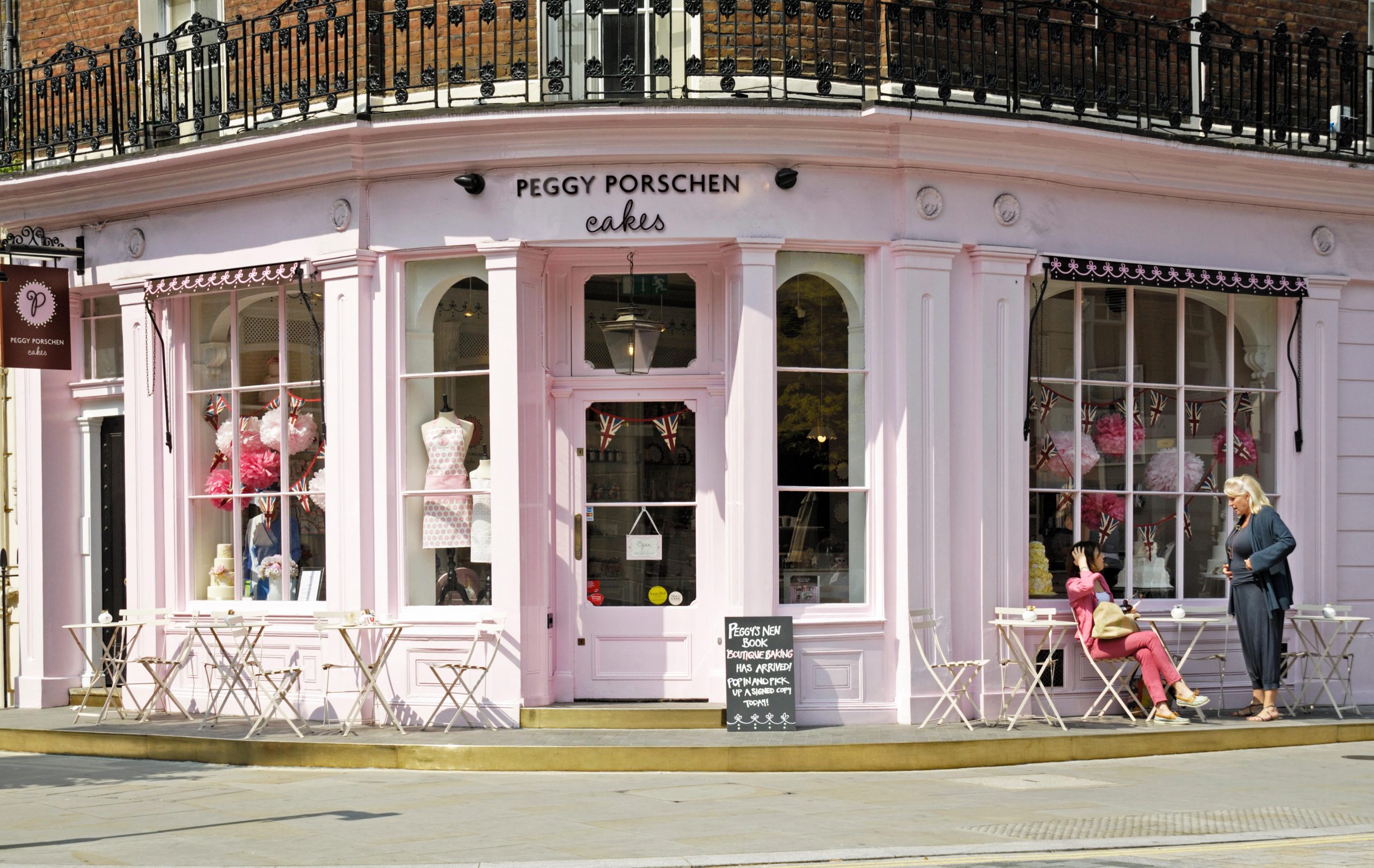
La Poule au Pot — Recommended by Will Yule of Winkworth both for the food and for the ambience (231, Ebury Street)
Les Senteurs — This family-run perfumery stocks a wide range of scents from boutique fragrance houses (71, Elizabeth Street)
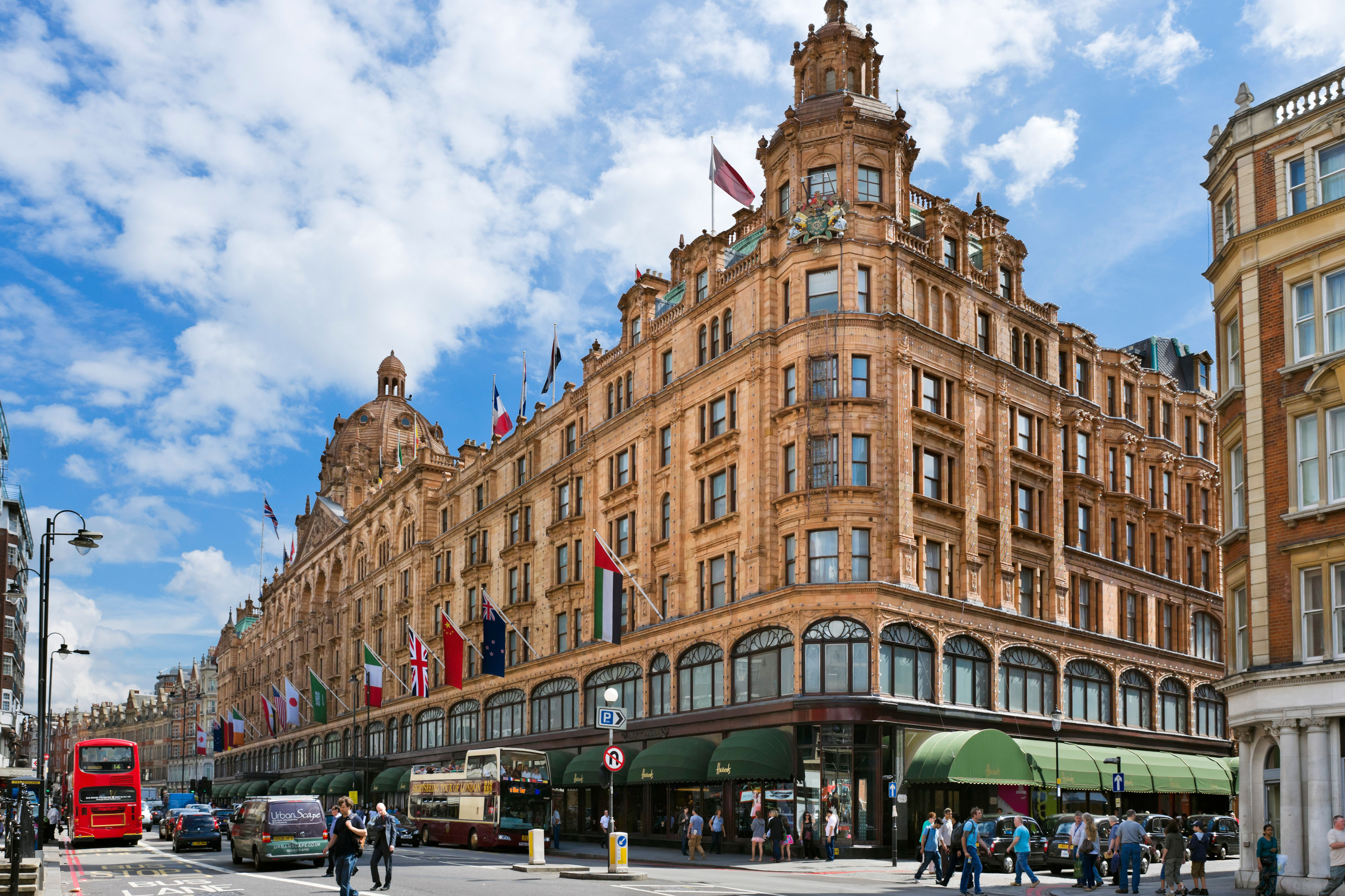
Knightsbridge life: From a hotbed of taverns and thieves to one of the poshest parts of London
Today, Knightsbridge is home and host to the glamorous, but it wasn't always quite that way, finds Carla Passino.
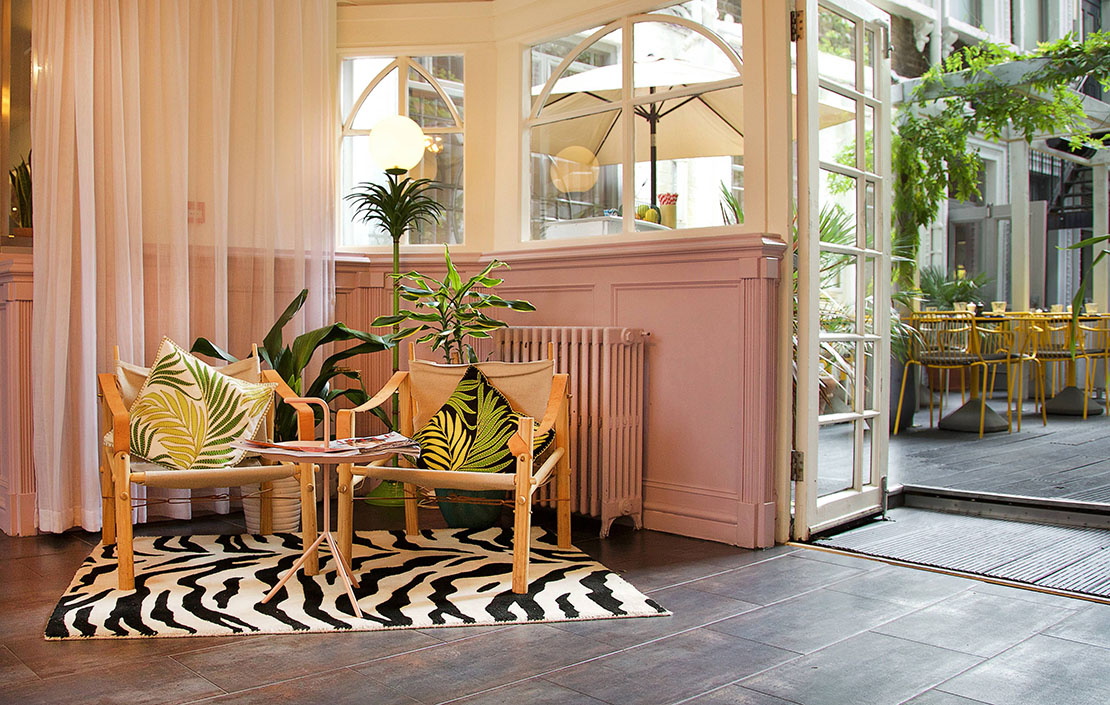
Credit: Pomona's
Pomona's review: All the wonder of a beachfront bistro, impeccably presented in London's Notting Hill
The relaxed Cali-vibe of Pomona’s restaurant provides a happy contrast with their very serious attitude towards food – Alexandra Fraser visits
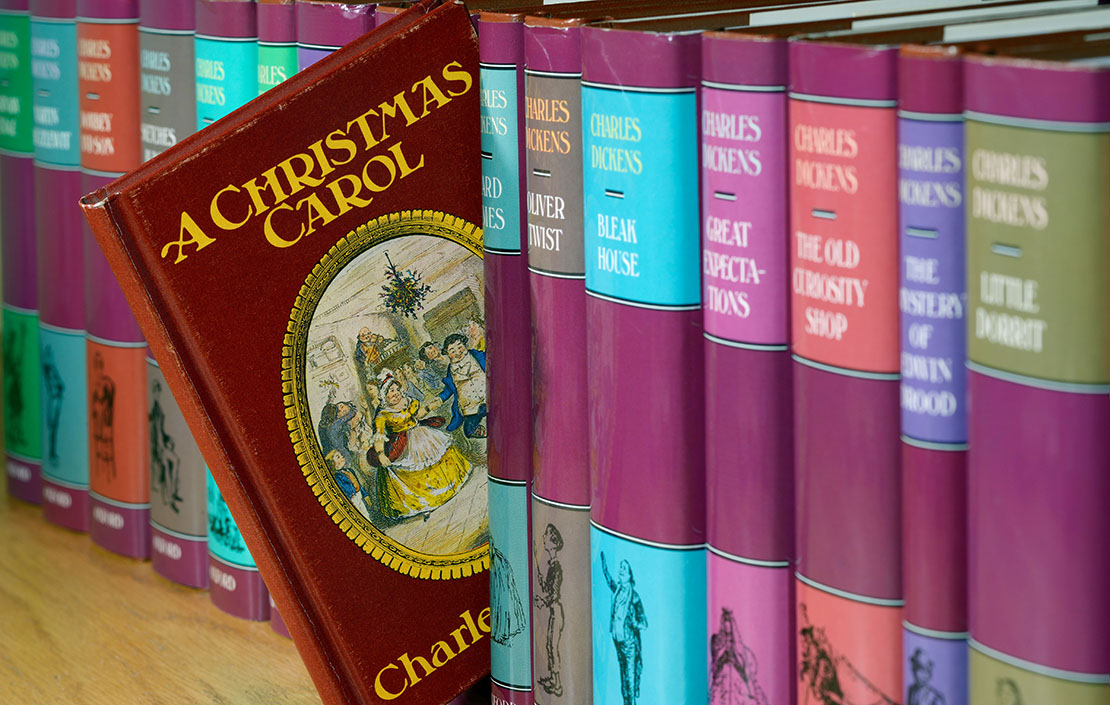
Credit: Alamy Stock Photo
Jason Goodwin: 'His novels tend to involve a party of opinionated conversationalists descending on a remote country house to talk, drink, dispute and fall in love'
Jason Goodwin tells us about his latest collaboration with graphic designer Richard Adams: a bound and illustrated Christmas story for
Carla must be the only Italian that finds the English weather more congenial than her native country’s sunshine. An antique herself, she became Country Life’s Arts & Antiques editor in 2023 having previously covered, as a freelance journalist, heritage, conservation, history and property stories, for which she won a couple of awards. Her musical taste has never evolved past Puccini and she spends most of her time immersed in any century before the 20th.
-
 Spam: The tinned meaty treat that brought a taste of the ‘hot-dog life of Hollywood’ to war-weary Britain
Spam: The tinned meaty treat that brought a taste of the ‘hot-dog life of Hollywood’ to war-weary BritainCourtesy of our ‘special relationship’ with the US, Spam was a culinary phenomenon, says Mary Greene. So much so that in 1944, London’s Simpson’s, renowned for its roast beef, was offering creamed Spam casserole instead.
By Country Life Last updated
-
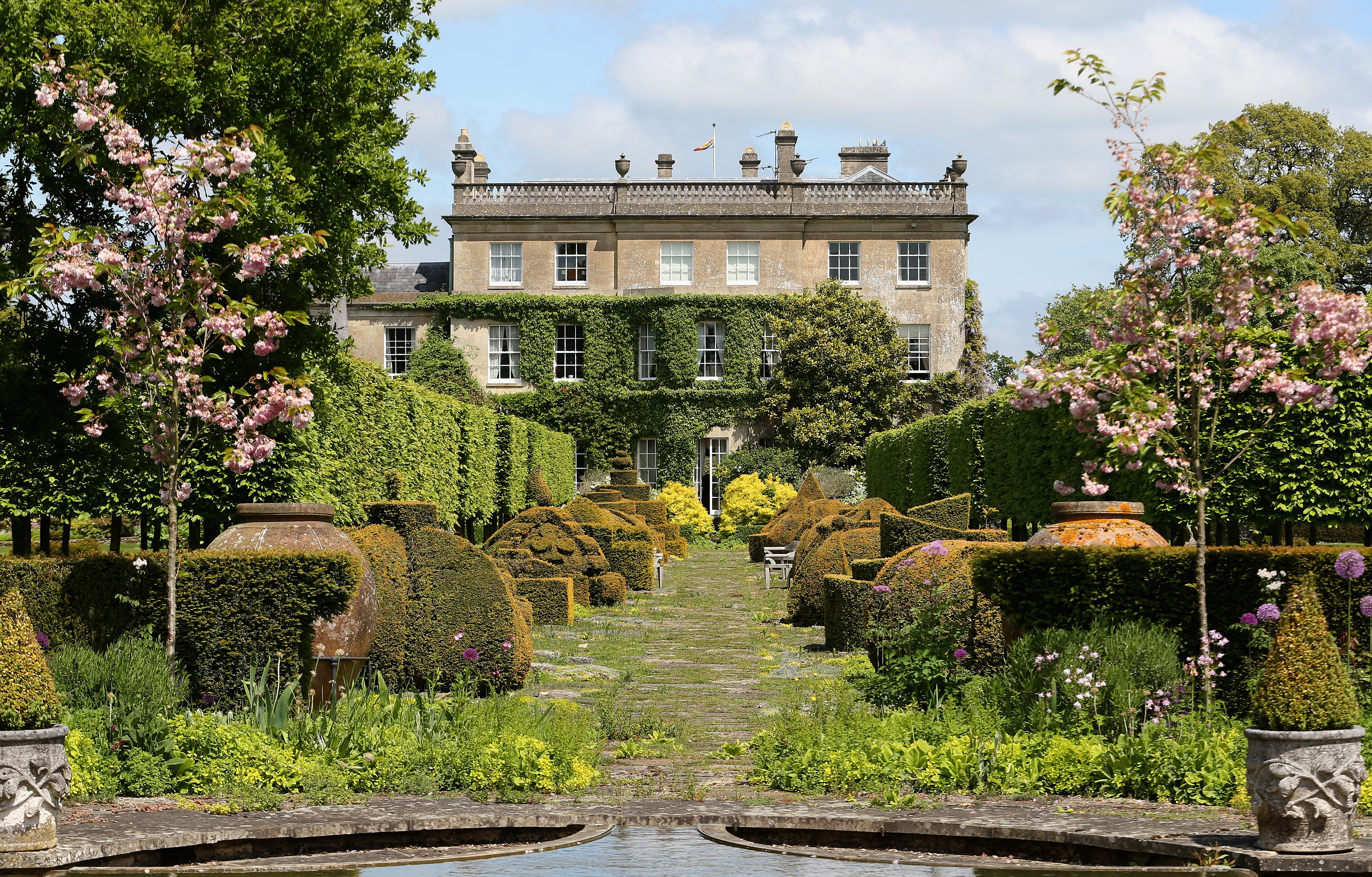 Sanderson's new collection is inspired by The King's pride and joy — his Gloucestershire garden
Sanderson's new collection is inspired by The King's pride and joy — his Gloucestershire gardenDesigners from Sanderson have immersed themselves in The King's garden at Highgrove to create a new collection of fabric and wallpaper which celebrates his long-standing dedication to Nature and biodiversity.
By Arabella Youens Published
-
 A mini estate in Kent that's so lovely it once featured in Simon Schama's 'History of Britain'
A mini estate in Kent that's so lovely it once featured in Simon Schama's 'History of Britain'The Paper Mill estate is a picture-postcard in the Garden of England.
By Penny Churchill Published
-
 Hidden excellence in a £7.5 million north London home
Hidden excellence in a £7.5 million north London homeBehind the traditional façades of Provost Road, you will find something very special.
By James Fisher Published
-
 Sip tea and laugh at your neighbours in this seaside Norfolk home with a watchtower
Sip tea and laugh at your neighbours in this seaside Norfolk home with a watchtowerOn Cliff Hill in Gorleston, one home is taller than all the others. It could be yours.
By James Fisher Published
-
 A Grecian masterpiece that might be one of the nation's finest homes comes up for sale in Kent
A Grecian masterpiece that might be one of the nation's finest homes comes up for sale in KentGrade I-listed Holwood House sits in 40 acres of private parkland just 15 miles from central London. It is spectacular.
By Penny Churchill Published
-
 Some of the finest landscapes in the North of England with a 12-bedroom home attached
Some of the finest landscapes in the North of England with a 12-bedroom home attachedUpper House in Derbyshire shows why the Kinder landscape was worth fighting for.
By James Fisher Published
-
 Could Gruber's Antiques from Paddington 2 be your new Notting Hill home?
Could Gruber's Antiques from Paddington 2 be your new Notting Hill home?It was the home of Mr Gruber and his antiques in the film, but in the real world, Alice's Antiques could be yours.
By James Fisher Published
-
 What should 1.5 million new homes look like?
What should 1.5 million new homes look like?The King's recent visit to Nansledan with the Prime Minister gives us a clue as to Labour's plans, but what are the benefits of traditional architecture? And can they solve a housing crisis?
By Lucy Denton Published
-
 Welcome to the modern party barn, where disco balls are 'non-negotiable'
Welcome to the modern party barn, where disco balls are 'non-negotiable'A party barn is the ultimate good-time utopia, devoid of the toil of a home gym or the practicalities of a home office. Modern efforts are a world away from the draughty, hay-bales-and-a-hi-fi set-up of yesteryear.
By Madeleine Silver Published
